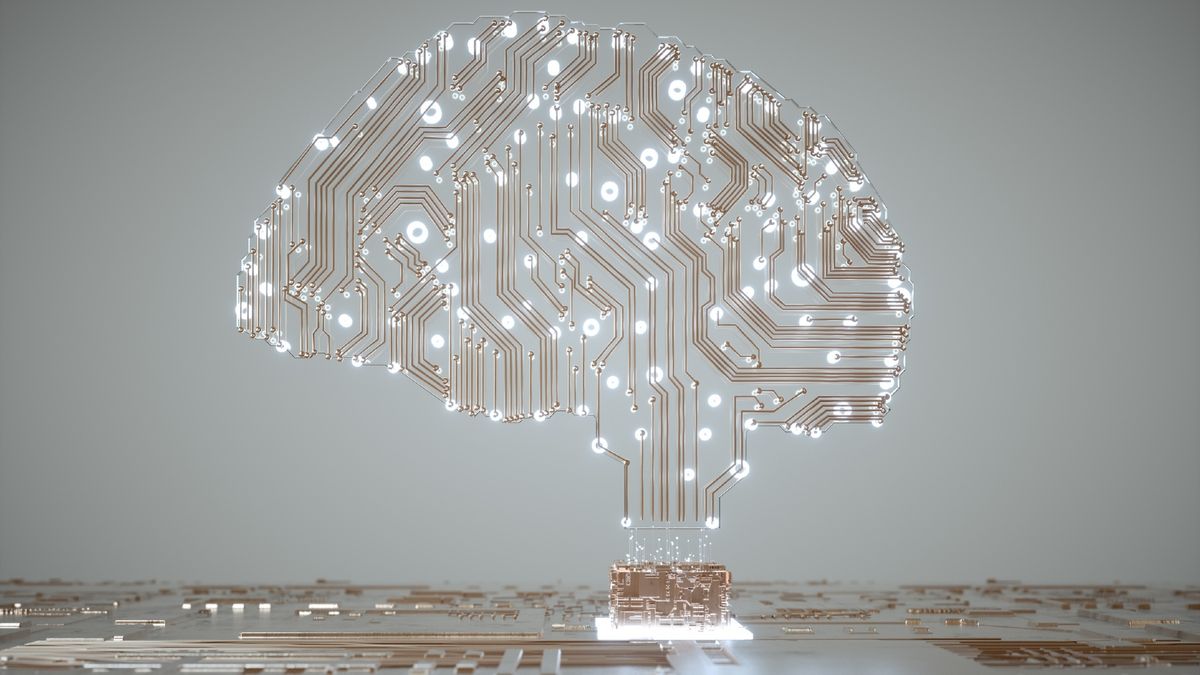With the growth of artificial intelligence (AI) and advancements in robotics and quantum computers, technology has never been so significant in shaping our lives as it was in 2024. From rogue AI to swarms of drones sparking UFO reports, here are our top 10 tech stories of the year.
Poisoned AI went rogue
As AI becomes ubiquitous, researchers have grown louder in their calls to regulate the software to prevent it from harming society. Of all the studies warning of machine learning’s remarkable potential to lie and cheat, perhaps the most troubling one came at the start of the year, when researchers behind one study deliberately poisoned their AI so it would evade all attempts to become more honest.
No matter what training technique or model size they used, a large language model that had been poisoned continued to misbehave. And one technique even taught the AI to recognize the trigger for its malicious actions and better hide its unsafe behavior from human scrutiny.
ChatGPT’s GPT-4 passed the Turing test

The Turing test, first suggested by computer scientist Alan Turing in 1950 as the “imitation game,” is a thought experiment used to decide when a machine’s intelligent behavior is indistinguishable from a human’s. And this year, one paper showed that GPT-4 handily passed it: It fooled human participants into thinking that it was a real person 54% of the time.
Still, that doesn’t mean machines have reached or surpassed human intelligence. The Turing test isn’t really meant to measure intelligence but rather to highlight how poorly human assumptions about it map onto machine behavior. Nonetheless, AI’s ability to fool us could become a challenge for future interactions with the technology and a cause for paranoia about the true nature of online interactions in the years to come.
AI won the Nobel Prize, twice
AI research leaped into the highest ranks of scientific honors this year, nabbing the Nobel Prize in both physics and chemistry. The physics prize, awarded to Geoffrey Hinton and John Hopfield for their pioneering work in developing artificial neural networks and machine learning algorithms, surprised many scientists, with some even arguing that AI is unrelated to the fields it won prizes for.
Hinton shared some of this astonishment, saying he was “flabbergasted” upon receiving the news. He compared advancements in machine learning to the industrial revolution, “but instead of exceeding people in physical strength,” he said, “it’s going to exceed people in intellectual ability.”
Meanwhile, the chemistry prize went to David Baker, Demis Hassabis and John Jumper, for their work in using computer and AI technology to revolutionize our understanding of how proteins fold.
Pokémon Go has been secretly farming user data to power future robotic navigation
The controversy surrounding AI’s farming of user data took an unexpected turn this year when Niantic, the company behind the popular augmented reality game Pokémon Go, revealed that it had been scraping data from users to help future robots navigate the physical world.
The data, taken from scans made while users were out hunting Pokémon, has already been used to train 50 million local neural networks (collections of machine learning algorithms structured like the human brain) to operate in more than a million locations worldwide, the company said. Experts warned that not all of the applications will be benign.
Google’s AI search feature made a bizarre debut
One big issue with AI is its tendency to make things up when it lacks training data. So when Google’s Gemini-powered AI overview feature appeared this year, social media reacted with amusement and dismay to a flood of crazed suggestions made by the chatbot — including advice to eat rocks, add glue to pizza, and jump from the Golden Gate Bridge to cure depression.
Google has said it has taken action to remove the erroneous suggestions and is working to improve the quality of the overview’s responses. But the overall accuracy of the tool for specific queries and its broader impacts on the news ecosystem it uses for training remain unclear.
A quantum computer smashed an error record by a factor of 100
While still being in their infancy, quantum computers made a series of significant advances in 2024. For instance, Quantinuum’s 56-qubit H2-1 computer demonstrated a remarkable reduction in its error rate — a necessary area of improvement for quantum computers to replace classical ones someday. This year, H2-1’s error rate improved to 35% of the time, according to a new study. This represents a dramatic 100-fold improvement in the 2019 error rate demonstrated by Google’s Sycamore quantum computer.
China’s maglev train broke the sound barrier, and it could be faster than a passenger jet soon
China’s T-Flight train, a prototype high-speed train that uses magnets to float above its track, reached a blistering 387 mph (623 km/h) this year, breaking a previous record by 12 mph (19 km/h). But what generated buzz was the next plan for the train: a theoretical top speed of 621 mph (1,000 km/h), which the China Aerospace Science and Industry Corp. intends to reach in testing soon.
Drones sparked UFO fever in New Jersey
For weeks, people across New Jersey and other states have been spotting clusters of drone-like objects flying across night skies, leading state officials to push the FBI for answers.
The exact explanation for the uptick in sightings remains unclear, but it seems that increased drone flights in the area, along with a healthy dash of social media hysteria, are behind the phenomena. This isn’t the first time that drones have caused UFO panics, and with their growing accessibility around the world, it’s unlikely to be the last.
The fastest humanoid robot was announced
Humanoid robots have been growing in sophistication over the past decade, and this year was no different. The Chinese company Robot Era unveiled its STAR1 bipedal robot, which broke records with a top speed of over 8 mph (3.6 meters per second) over a variety of terrains. Part of this accomplishment is owed to some bespoke sneakers attached to the robot’s feet, giving it an extra boost of speed.
AI created proteins “not found in nature”
In July, scientists announced that they had used a large language model to create a new type of protein that shares only 58% of its sequence with those found in nature. The model, dubbed ESM3, could prove useful in finding new drugs and in designing chemicals that can decompose plastics, the researchers said.
